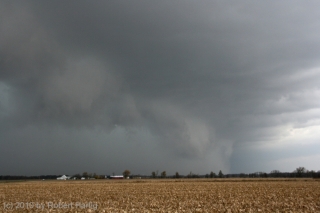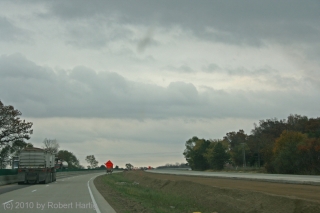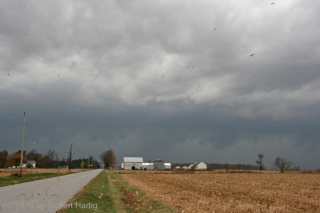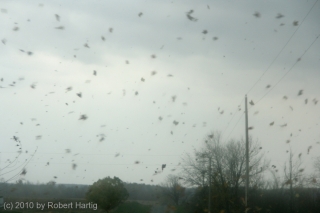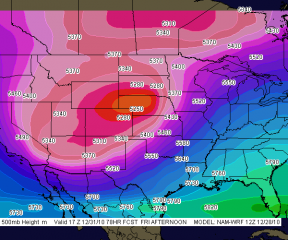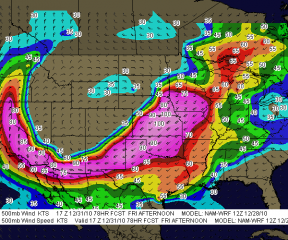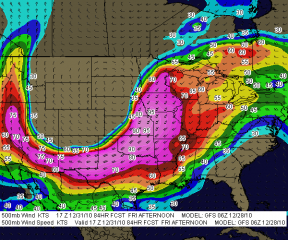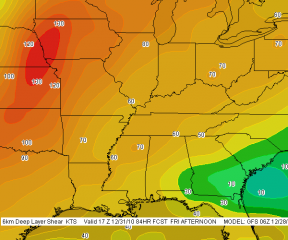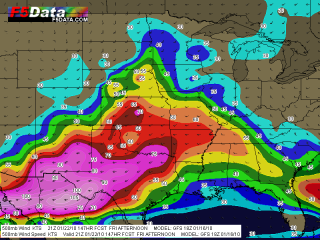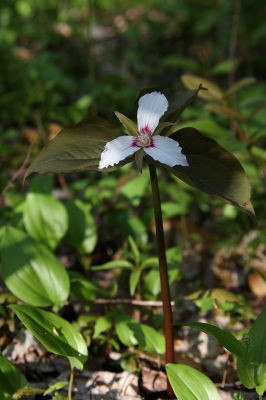For a brief couple of runs Thursday I had vague hopes for an accessible warm front chase on Monday. But that evening’s 00z GFS brought me back to reality, and ensuing runs of the NAM and GFS have painted a blander, cold front scenario for Michigan. As an amateur, decent but still quite formative forecaster rather than a professional meteorologist, I have the freedom to speculate and dream a little on this blog, with the understanding that five days out is fuzzy territory, often more wishcasting than forecasting.
With models coming together three days ahead, I think it’s safe to say that there ain’t nothin’ gonna happen around here on Monday. By then the system will have moved through with zilch to work with in the way of instability, and we’ll start seeing its chillier back end. I’m consigning myself to the compensation prize of a possible bit of thunder around here Sunday night, maybe very early Monday morning, as the cold front moves through. I’ll take that. This early in the season, it’ll be good just to see a little lightning. For that matter, it always is. Storms don’t have to be severe in order to be exciting, beautiful, and worth enjoying.
Looking ahead, more activity could be shaping up for the middle of next week. The Gulf is doing business and the time has come for me to follow the forecast models more closely.
